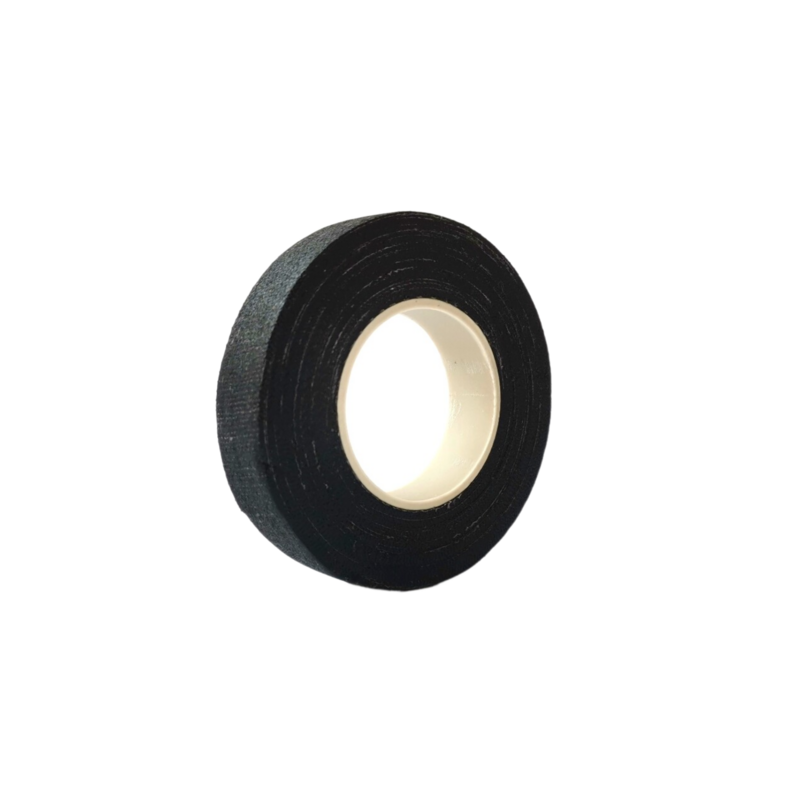Types of Intumescent Strips An Overview
Intumescent strips play a crucial role in fire safety, particularly in buildings and other structures. These strips are designed to expand significantly when exposed to high temperatures, creating a barrier that helps to prevent the spread of smoke and flames. By understanding the various types of intumescent strips available, as well as their specific applications and benefits, architects, builders, and safety professionals can make informed decisions to enhance fire safety in their projects.
What Are Intumescent Strips?
Intumescent strips are typically made from materials that undergo a chemical reaction when heated. This reaction causes the material to swell, creating a thick, foam-like barrier that can significantly reduce the passage of fire and smoke through gaps and openings. These strips are often used in doors, windows, and other assembly joints, effectively sealing off potential points of fire spread while still allowing for normal operation under non-fire conditions.
Types of Intumescent Strips
1. Door Intumescent Strips These are perhaps the most common type, designed specifically for use around fire doors. When exposed to heat, door intumescent strips expand to fill the gaps between the door and the frame, preventing smoke and flames from penetrating the opening. They are available in various sizes and thicknesses to accommodate different door designs and fire ratings.
2. Window Intumescent Strips Similar to door strips, window intumescent strips are designed to protect window frames from fire exposure. They help seal the gaps around window installations, providing an essential barrier against smoke and heat. These strips are often coated with a fire-resistant compound to enhance their performance.
3. Joint Intumescent Strips Joint intumescent strips are used in construction joints where two materials meet. This type is especially useful in wall-to-wall or wall-to-floor applications, providing a flexible but effective seal that expands during a fire. The ability to accommodate movement and still provide fire resistance is vital in maintaining the overall integrity of the building.
types of intumescent strips

4. Cable and Pipe Intumescent Strips These strips are specifically designed to protect cables and pipes that pass through walls and floors. They expand to form a seal around the cables or pipes, ensuring that fire and smoke cannot travel along these pathways. This is important for maintaining compartmentalization within a building, which is a key principle in fire safety.
5. Perimeter Intumescent Strips Used mainly in the perimeter of doors and windows, these strips help to create a complete seal when the door or window is closed. They are especially important in smoke control strategies, as they help to minimize smoke migration during a fire, protecting occupants and facilitating evacuation.
Benefits of Using Intumescent Strips
The primary benefit of intumescent strips is their ability to significantly enhance fire safety. By preventing the spread of fire and smoke, these strips can save lives and reduce property damage. Additionally, they are often easy to install and can be retrofitted into existing installations, making them a practical choice for improving building safety.
Intumescent strips are also relatively low maintenance and can endure various environmental conditions without deteriorating, provided they are installed correctly. Most strips are made from durable materials resistant to moisture and chemicals, ensuring their effectiveness over time.
Conclusion
Incorporating intumescent strips into building designs is an essential component of fire safety. By examining the various types available—such as door, window, joint, cable, pipe, and perimeter intumescent strips—design professionals can select the most appropriate options for their specific needs. As part of a broader fire protection strategy, these strips significantly contribute to the overall safety and integrity of buildings, helping to protect occupants and reduce the risk of catastrophic fires. For anyone engaged in construction or renovation, understanding and utilizing these innovative materials is imperative to ensure compliance with safety regulations and best practices.
-
Versatility with Tape Electrical InsulationNewsJun.09,2025
-
Floor Marking Tapes For WareHouseNewsJun.09,2025
-
Enhance Your Projects with PVC Electrical TapesNewsJun.09,2025
-
Enhance Your Projects with Automotive Wiring Harness TapeNewsJun.09,2025
-
Enhance Your Automotive Fabric TapesNewsJun.09,2025
-
Enhance Electrical Projects with Cambric TapeNewsJun.09,2025
